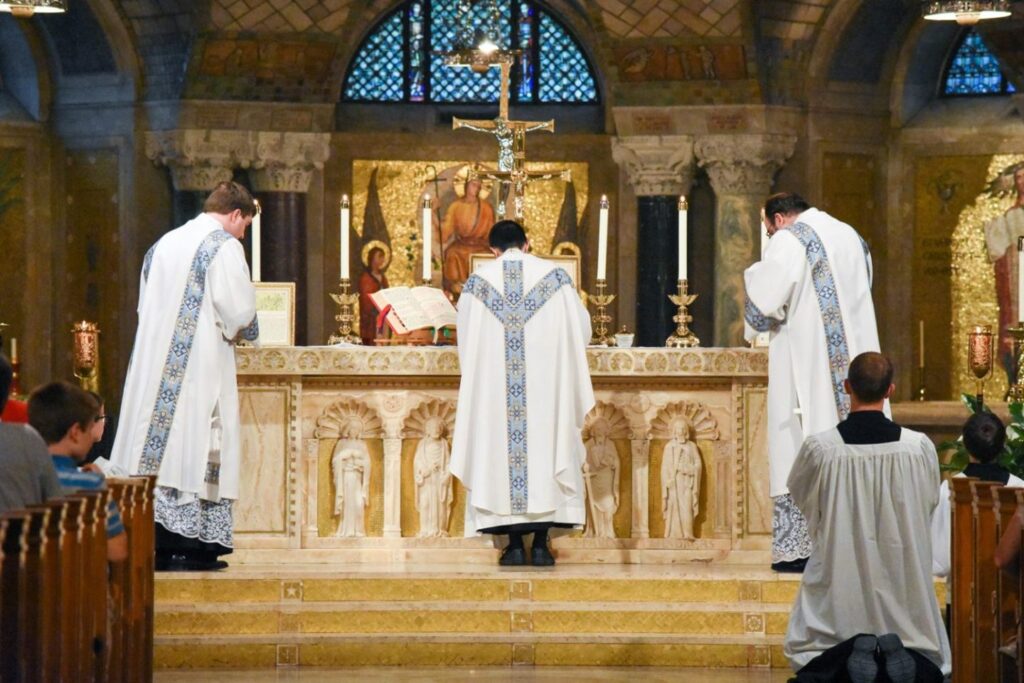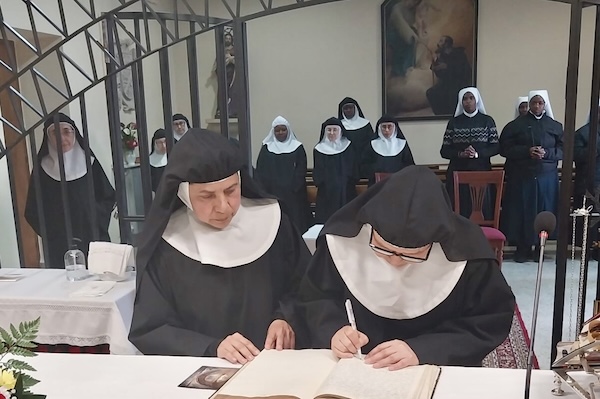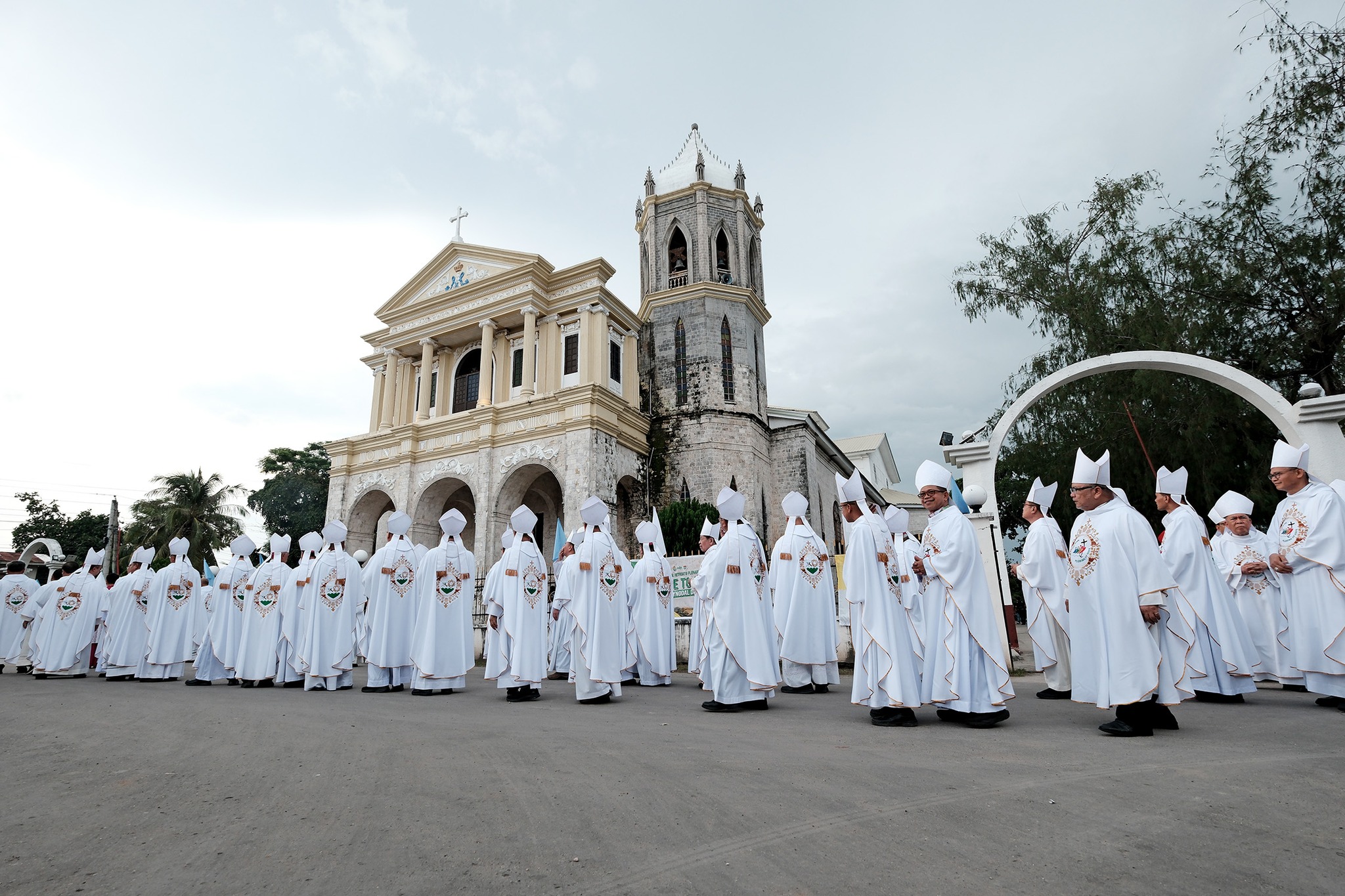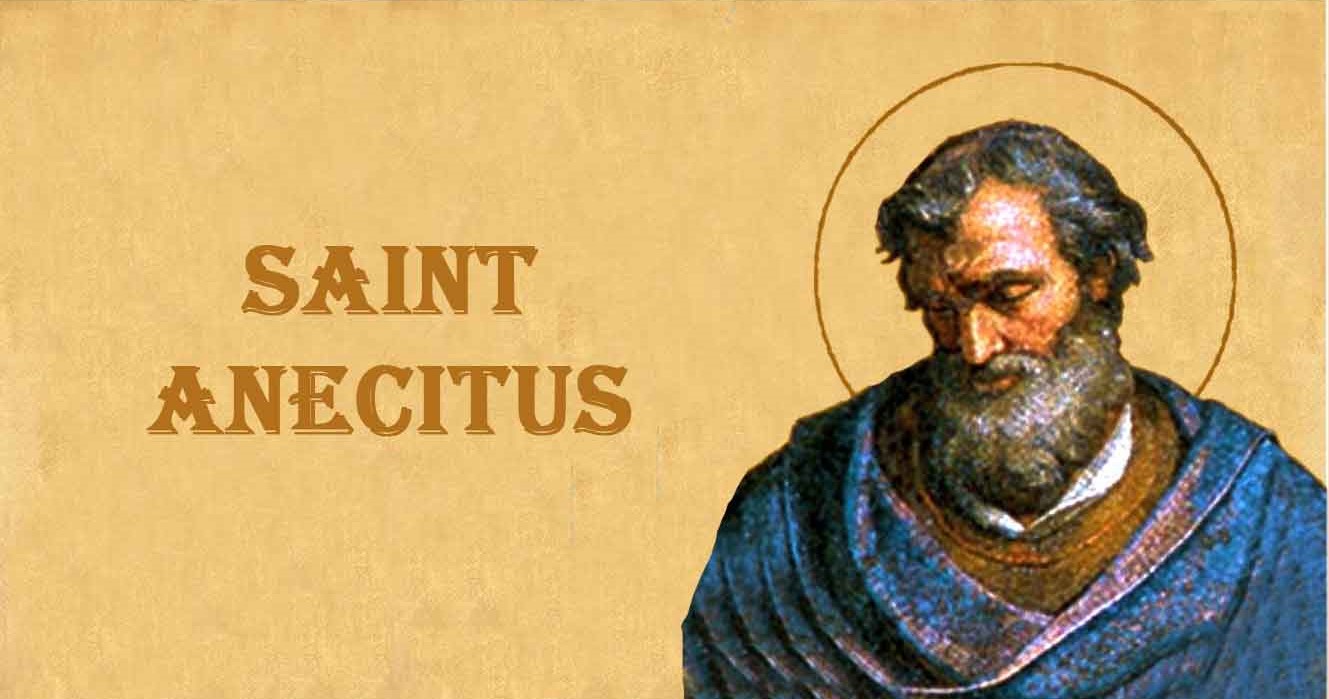Corrado Gnerre
Dear Dr. Gnerre, I read with great interest and hope the article in n. 100 of Radici Cristiane, “The Mass that Saves” by Maddalena Della Somaglia who interviews Don Claude Barthe. The article highlights the essential importance of Pope Benedict XVI’s Motu Proprio, Summorum Pontificum Cura. I wonder if the Holy Mass after the Novus Ordo Missae of Blessed Pope Paul VI is also saving and to what extent. Thanks. With sympathy.
Dear friend, I tell you right away to be calm… even if relatively calm. You will immediately understand the meaning of this adverb. The Novus Ordo is a valid and therefore saving rite.
But there are problems, that’s why I said “relatively” earlier. Having this Rite of deficiencies and above all having been built to bring about a sort of “anthropological revolution” (no longer God, but man at the center), it might not push to take care of the participation of the faithful which makes the Mass more fruitful. The Mass has a value in itself (which is infinite), but its fruits depend on the participation of the faithful.
But let’s see why the Mass known as “of St. Pius V” (in reality it should be called “in the Ancient Roman Rite”) facilitates more the correspondence of the faithful to the Mystery and is also more responsive to Catholic truth. I will be schematic.
1. In the Mass in the Ancient Rite the priest celebrates at the foot of an altar which is raised to represent the hill of Calvary. This clearly makes us understand what the Mass really is, that is, the bloodless re-actualization of the Sacrifice of Christ on the Cross.
2. The priest faces God, with his back to the people, because he acts as another Christ (in persona Christi).
3. The faithful are lower down as they personify (in a certain sense) Mary and Saint John at the foot of the Cross.
4. The whole celebration is addressed vertically, from man to God; everything is oriented towards the Eternal Father.
5. The text of the consecration unequivocally underlines the relevance of the sacrificial action. The position (“Bent over”) and the tone of the voice (“secretly”) of the priest change from the moment in which he reproduces the moves of Jesus, thus realizing the miracle of transubstantiation (the transformation of bread and wine into the Body and Blood of Christ). Therefore, there is a difference compared to a uniform tone that could instead give the impression of a simple narration of an event and not of its re-actualization.
6. In the Consecration, the phrase “Every time you do this, you will do it in memory of me” is certainly clearer than the expression “Do this in memory of me,” which can more easily be interpreted as a simple memory. The expression “this chalice” compared to the simple “the chalice” is also indicative. The demonstrative adjective “this” actually means that the chalice, on which the priest utters the consecrating formula, is not just any chalice, but is mystically that same chalice held by the consecrating Jesus.
7. The genuflection of the priest immediately after the consecration of each of the two species means that the Eucharist is not such only if (as Protestants affirm) there is the participation of the faithful, but already only in the ministerial power of the priest.
8. The priest appears for what he is: a minister of God having ontologically a quality that the simple faithful do not have. In this rite there is no room for confusion between the common priesthood of the faithful and the ministerial and hierarchical priesthood of the celebrant. For example: the initial Confiteor is said first by the priest, and then by the acolyte in the name of the people. This distinction clearly marks the difference between the celebrant and the faithful.
9. The faithful prepare for Communion with the Confiteor by proclaiming not only once but three times their unworthiness, precisely with these words: “O Lord, I am not worthy for you to enter my house, but just say a word and I will be saved.” The expression in my home with respect to participating in your banquet is certainly clearer to make it clear that the Eucharist is not simply a banquet (in the Protestant sense) but the entrance of the true and living Jesus into the faithful.
10. Communion is received on your knees, directly in the mouth, emphasizing the adoration of the Eucharist and making it easier to understand the truths of the Real Presence and the ministerial priesthood.
11. Mass does not end immediately after Communion. Therefore thanksgiving is not at the discretion of the faithful, but a dutiful and fundamental act to make Communion itself fruitful.
12. After Communion the priest does not sit down, which is not an “educational” gesture because it could push the faithful who have received the Eucharist to do the same.
13. The liturgy of the Word does not last longer than the Eucharistic liturgy, center and summit of the Mass; and Communion is not relegated to the very last phase of the Rite.
14. About Latin. It has the function of a sacred and solemn language and helps the faithful to understand the greatness of the mystery that is taking place: the extraordinary nature of what happens on the altar-Calvary is emphasized precisely by the use of an extraordinary language (out of the ordinary), not daily. Benedict XVI said that in the liturgy the use of Latin is an overcoming of space and time. Of space, because regardless of where you are, the language is always the same; of the time, because Latin being a non-evolving language, it better expresses the stability of the dogma. Furthermore, we must ask ourselves: should Mass be understood or lived? Dear …, today we have a paradox: everyone understands the words of the Mass, but no one knows what Mass is anymore. At one time the words of the Mass were not understood, but many more knew what the Mass was.
15. The silences of the Ancient Rite adequately make it clear that the duty of the faithful who participates in the Mass is not so much that of “vocally” participating as that of “adhering.” The model par excellence is the Virgin Mary who did not speak at the foot of the Cross, but she contemplated and offered. Who more than you made that Event bear fruit? In short, to make the Mystery of the Mass fruitful it is necessary to share and hide rather than appear. It is a question of a genuine cordial participation, in the sense of adhesion of the heart (from the Latin “cor, cordis” which means “heart”), rather than of intellectual understanding.
In conclusion, dear …, I want to remind you of what Saint Pius V wrote in the Bull Quo Primum Tempore of 14 July 1570 with which he promulgated what we now call the Ancient Roman Rite: “By virtue of the Apostolic Authority, we grant, to all priests, according to the present, the perpetual indult of being able to follow, in a general way, in any Church, without any scruple of conscience or danger of incurring any punishment, judgment or censure, this same Missal, …. Therefore, no one, and in no way, dare to violate and transgress this Our Document with reckless boldness: faculty, statute, order, mandate, precept, concession, pardon, declaration, will, decree and inhibition. That if anyone has the audacity to attack you, he should know that he will incur the indignation of almighty God and his blessed Apostles Peter and Paul.”
(From La buona battaglia. Apologetica cattolica in domande e risposte, 2019©Chorabooks. Translated by Aurelio Porfiri. Used with permission of the publisher. All rights reserved. Image from https://thetorchproject.com/the-catholic-mass-it-wasnt-always-what-were-used-to/)


 Follow
Follow


